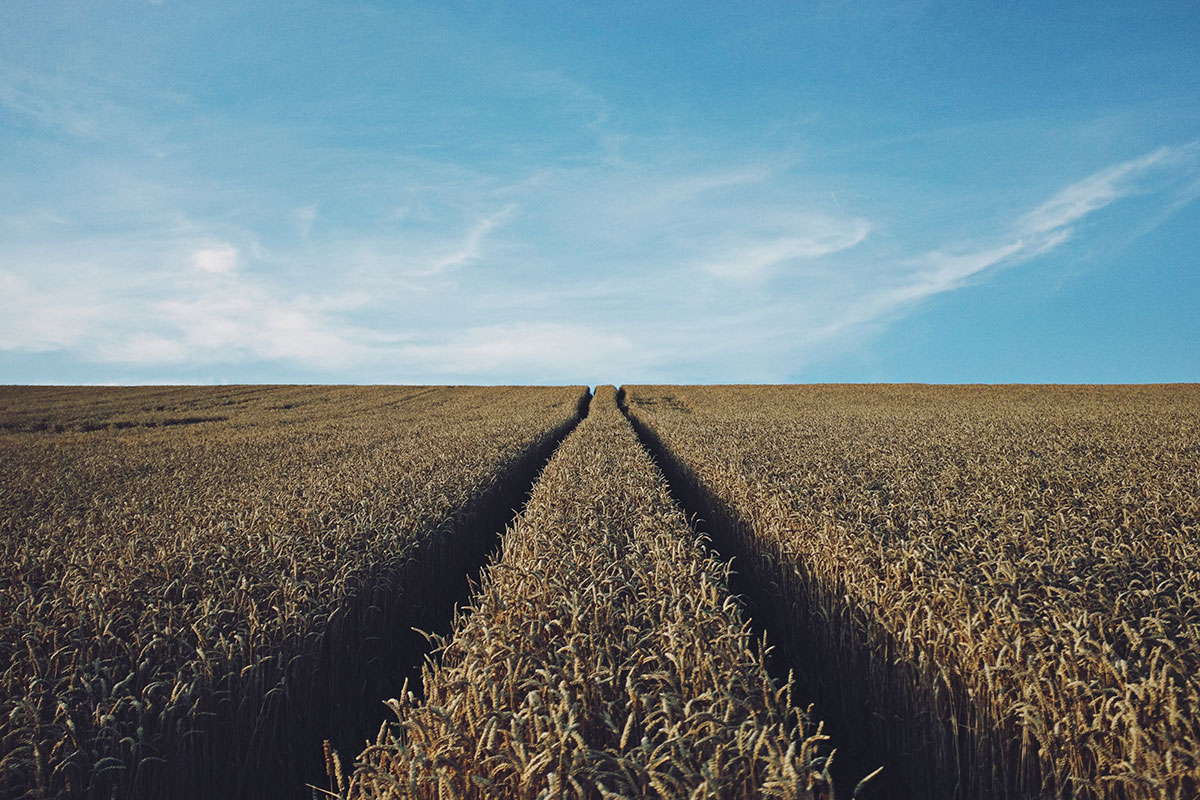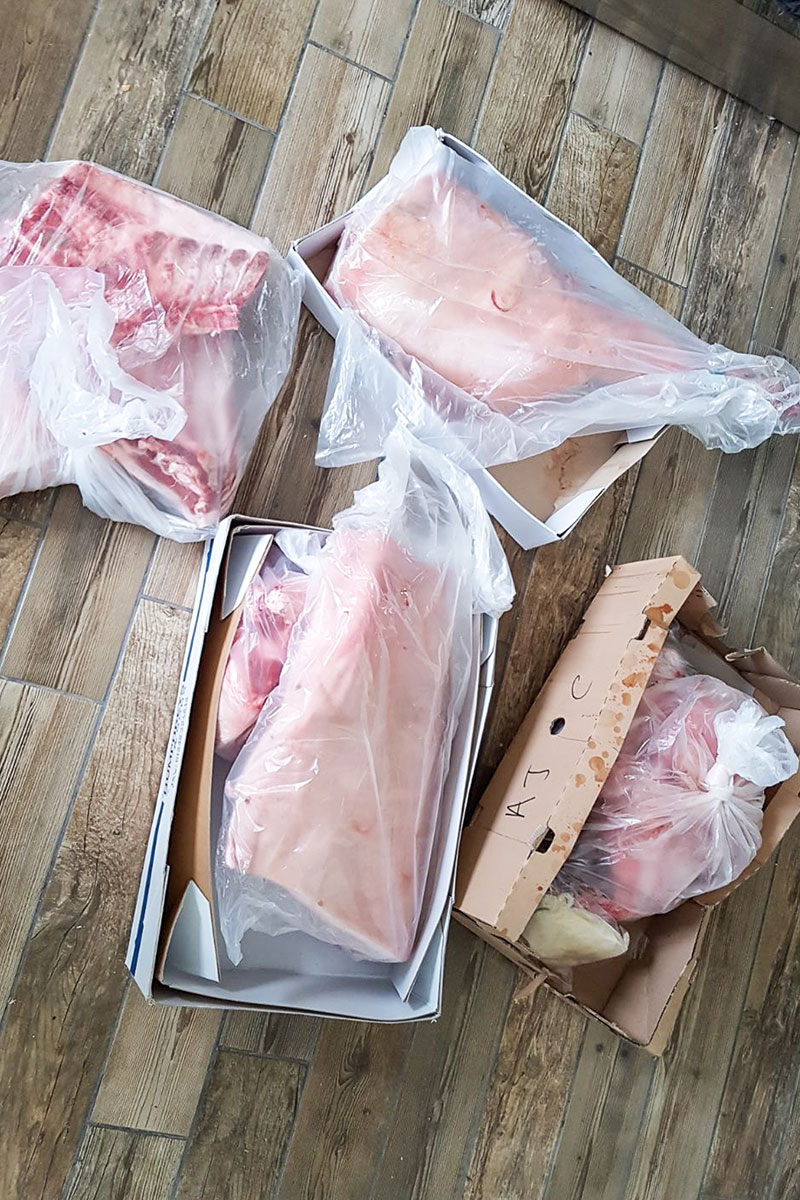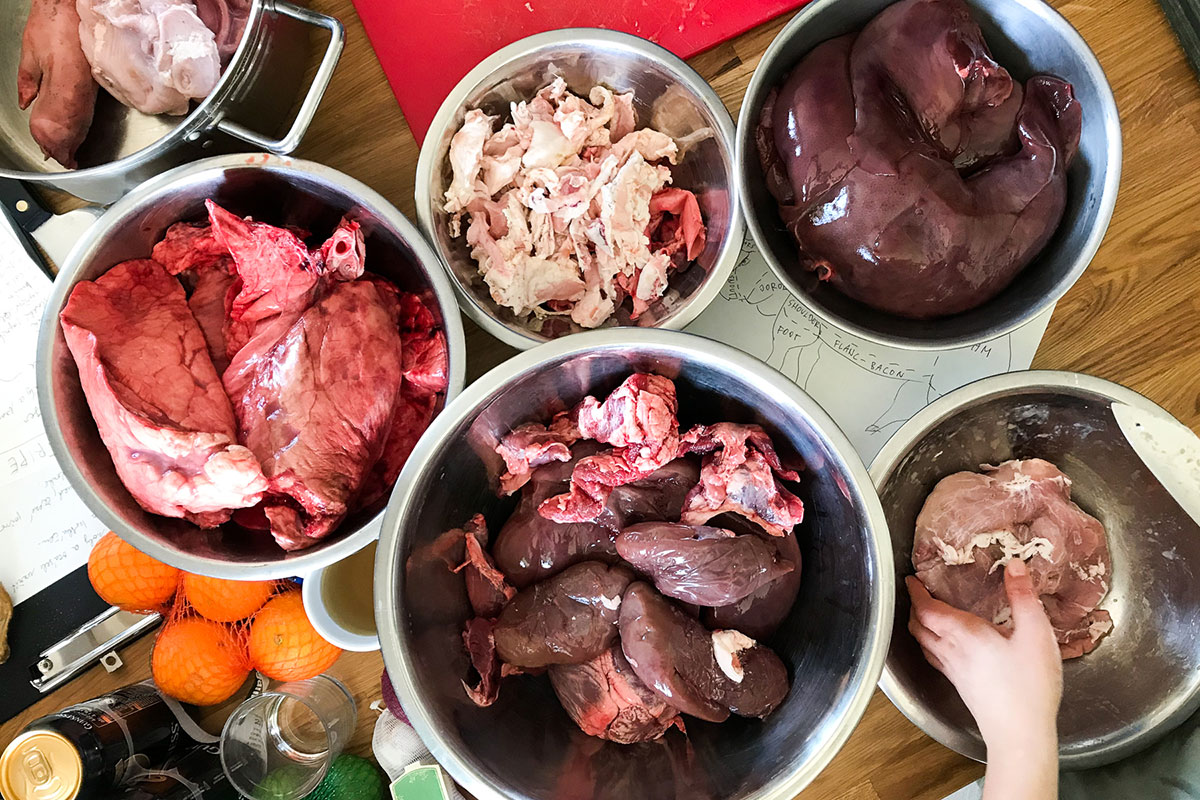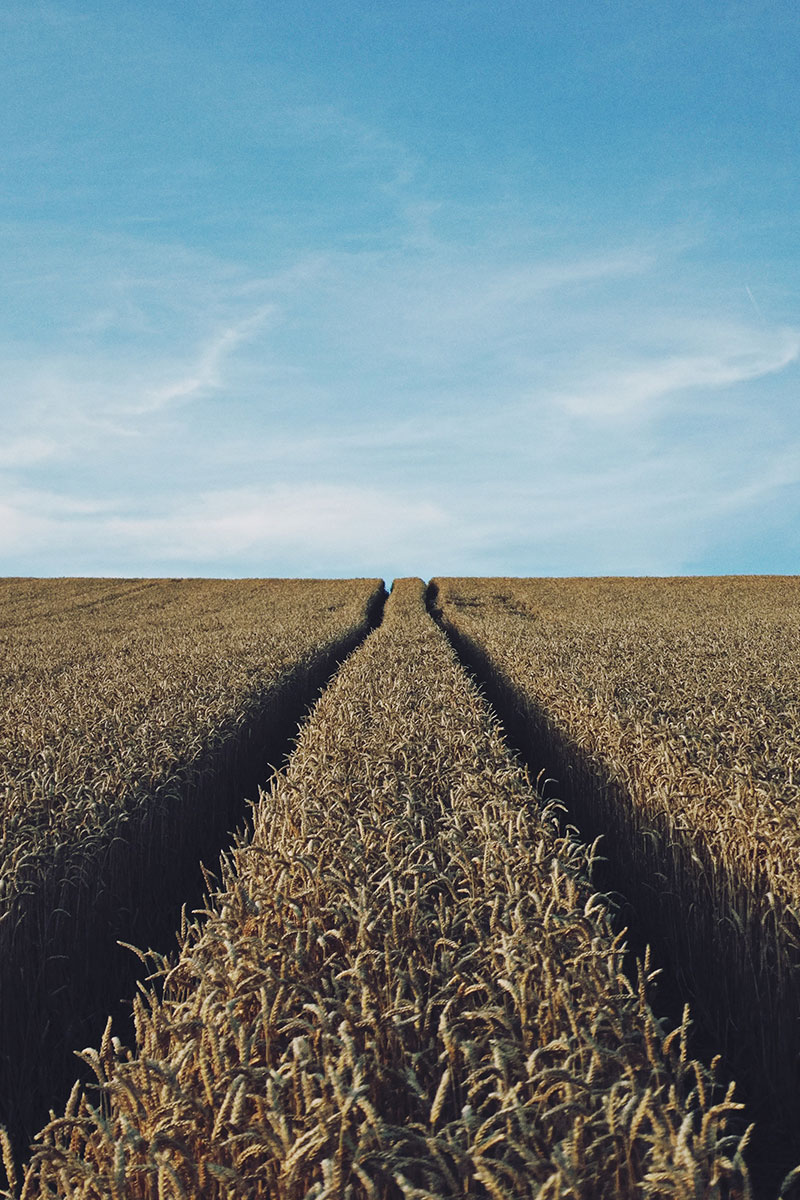
Continued from Part 3 — ‘Meeting Theresa and the When Animals Die’
For the next two weeks I sat in a purgatorial existance, flip-flopping between reactive veganism (I stopped buying yoghurt and cheese) and seeking out a chance to hand-slaughter an animal. Steak tartare vs David’s ram. Bernard vs Theresa.
Theresa’s family tree would face an uncertain future if the world were to go vegan, many breeds have little use outside of being raised, killed, cooked and eaten. They’re certainly not the same as the native wild boars that wreaked havoc across agricultural land in England during medieval times, tearing up crops and occasionally attacking sheep. Such a menace, they were subsequently hunted to extinction along with wolves, lynxes and beavers, because not only were they a threat to agriculture, they also made good sport and fine eating.
Theresa and her sisters were born and raised exclusively to be eaten, so the path of their demise was an inevitability which I had no agency in.
What other options existed? Break into the farm and release them into the wild? If my doubts became so overwhelming that I refused to continue with the butchering stage, Theresa would still be killed and sold to another human being.
Perhaps I could make a difference in the future by boycotting meat, but for Theresa, her death was a predetermined part of her birth and thus presented an opportunity for me to get as close as possible to that process. Only fear was holding me back, and not a rational fear of personal danger, but fear of handling a dead animal, of pushing the boundaries of my experiences in life, the kind of fear that can only be tackled by walking directly into it.
Vast slabs of bald animal, adorned with various shades of light pink skin, laid in plastic bags on the floor of Holly’s kitchen. We had taken half the pig, plus the head and offal, still a fearsome amount of animal. I could see a leg with a tail at the top, plus another leg. A few large slabs of meat with some ribs attached and a head in a box. In an adjacent cardboard box lay indiscriminate pieces of mixed colour animal tissue, ranging from dusky burgundy to cream coloured — the offal.

Tomáš, our Czech friend and resident butchering officianado had suggested a host of recipes to cook from the massive hunks of dead pig that were laying around the kitchen.
“Touch the head!” said Bianca.
I walked over to the previously chatty Theresa, looked at her pink, dismembered head, devoid of black hair bar a few errant patches, and apologised for what we’d done to her. Her soft, cold skin felt alien, no longer the stiff-bristled snuffling socialite that I previously met on the farm.
Why is a dead animal harder to deal with than a live one?
When alive, they move, lick, bite, poop, oink, are rambunctious and wholly unpredictable beasts. Dead, they are containable, manageable, predictable, silent and clean, which sounds like a infinitely more manageable proposition.
Yet, it’s the utterly unpredictable elements of a live animal that endear us; which noise will come next, will the snuffling nose tilt backwards, will she look at the camera, or turn her barrel-like body against the fence? Will she lean into being stroked and lick my hand, or walk away and return to chewing the bolt on the gate’s lock?
Spirit, or soul — the essence of life beyond the corporeal — is what’s missing. Her ability to act in a unique way, to behave, move and perform as an independent, breathing, living entity is what’s missing. Once any person or creature is dead, they become meat and bone, no more, no less. Their soul has departed, their consciousness ended and it’s this very conscious soul that we find so endearing in others — the more conscious the better.
Faced with a cold, soft pile of fresh meat from a creature I once knew, I was presented with the ultimate taboo and one of life’s biggest challenges; how to handle soulless, lifeless death.
No wonder going vegan seemed like a good idea.
Society, in general, finds it easy to consume vast amounts of meat because very few people have physically or emotionally connected with the process of providing it. Sure, most people understand that meat comes from animals, despite horror stories that children don’t understand this fact, they’re still a minority. Go to the local chicken shop at 4.30pm and ask the local kids where the meat in their chicken box comes from and they’ll tell you that chickens were grown to supply the meat.
They might understand this idea on an intellectual level, as does most of the population, but none of them have the first-hand experience to understand the reality of nurturing and slaughtering animals. Even if they can talk the talk, can they walk the walk?
Across society, everyone is an expert and knows how to solve the world’s ills. An alcoholic can tell you how to stop drinking, the overweight person can tell you how to lose weight, the person with credit card debt can tell you how to budget and the meat eater can tell you how their meat gets to the plate. The knowledge may be there, but the whole experience is beset by disconnection from the process, it’s a case of knowing, rather than feeling.
“There’s still hair on her head” said Jack, as we began to disseminate the various parts of meat, filling bowls with lung, kidney and other internal organs which I cannot remember. Tomáš suggested scraping the head with a very sharp knife to remove the hair and someone suggested a razor. Trialling both methods created a bizarre vignette, reminiscent of the eyeball scene in Salvador Dali’s short film ‘Un Chien Andalou’, with Jack stood at the sink, shaving a dismembered pig head with a disposable razor.

The next eight hours were spent skinning, trimming, sawing, cutting, cooking and eating. Preparing a pig is a lot of hard, laborious work, as we learned how to enact the millenia-old practices of seperating the edible parts from the animal, from nose to tail. Bianca cooked all kinds of offal and kidney into a beautiful pâté, and I tested various recipes for pork crackling from the vast slabs of skin coated in thick, flavoursome fat. Jack grilled ribs over the wood-fired BBQ with a hint of smoke. Intestine was soaking in a bowl of water to make sausages.
“Gavin, try this!” said Bianca, offering a piece of cooked meat. I took it and chewed, it tasted amazing.
“What is it?”
“Heart.”
Heart is a piece of animal that I have never bought and would be unlikely to order from a restaurant menu. It seems, well, heartless to consume it. However, a shift had taken place inside my head, no longer was pork restricted to loin, chop and bacon, every part of the animal had become meat, regardless of whether it was stomach, tongue, ear, heart, kidney, rib, loin or skin, it was all equal. The foot was as special as the loin, the stomach as relevant as the belly. It highlighted how prejudiced I had been about meat, how I would dismiss so many parts of the animal for arbitrary, irrational reasons.
One consistent factor tied every piece of meat from Theresa together — it all tasted utterly amazing. The meat was fattier than supermarket meat, which gave it an opulent, flavourful succulence, unlike any pork in memory. A simple piece of trimmed meat, cooked alone on the BBQ for a few minutes became a revelatory taste sensation. This pork satisfied and sustained me in a heightened way compared to any meat I’ve eaten before.
It carried a sense of honour, reverence and respect which marked-down supermarket fare doesn’t come close to.
The process of laboriously preparing Theresa fed into this appreciation, tapping a core of primeval sustenance. Consuming this meat felt good for me, like a process of honest, natural connection.
Any dissonance over consuming meat or becoming vegan was becoming a long, distant memory, but the most gruesome part of the day was yet to come…
Continued in Part 5: ‘Rural Meat vs Urban Vegan’

